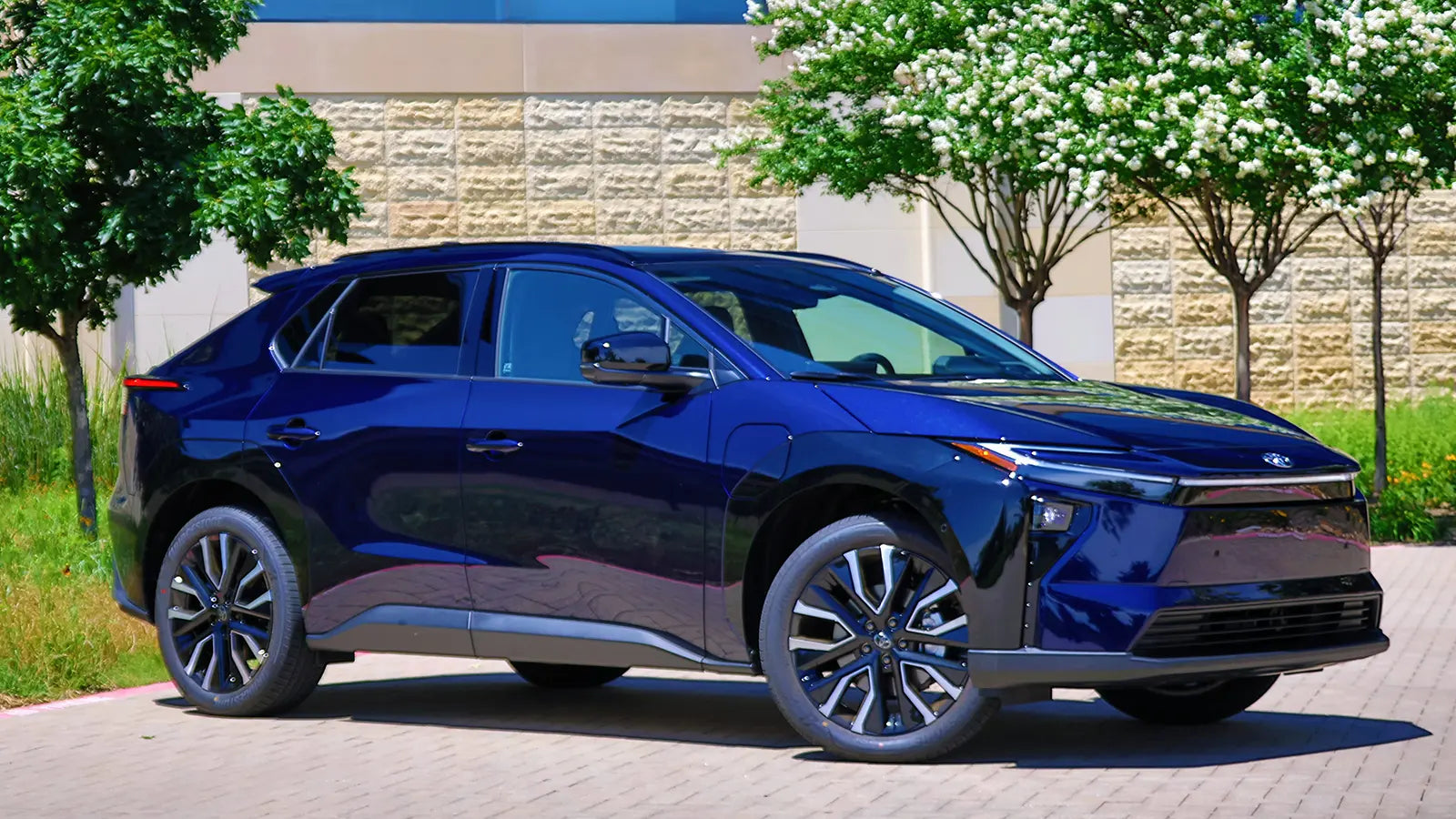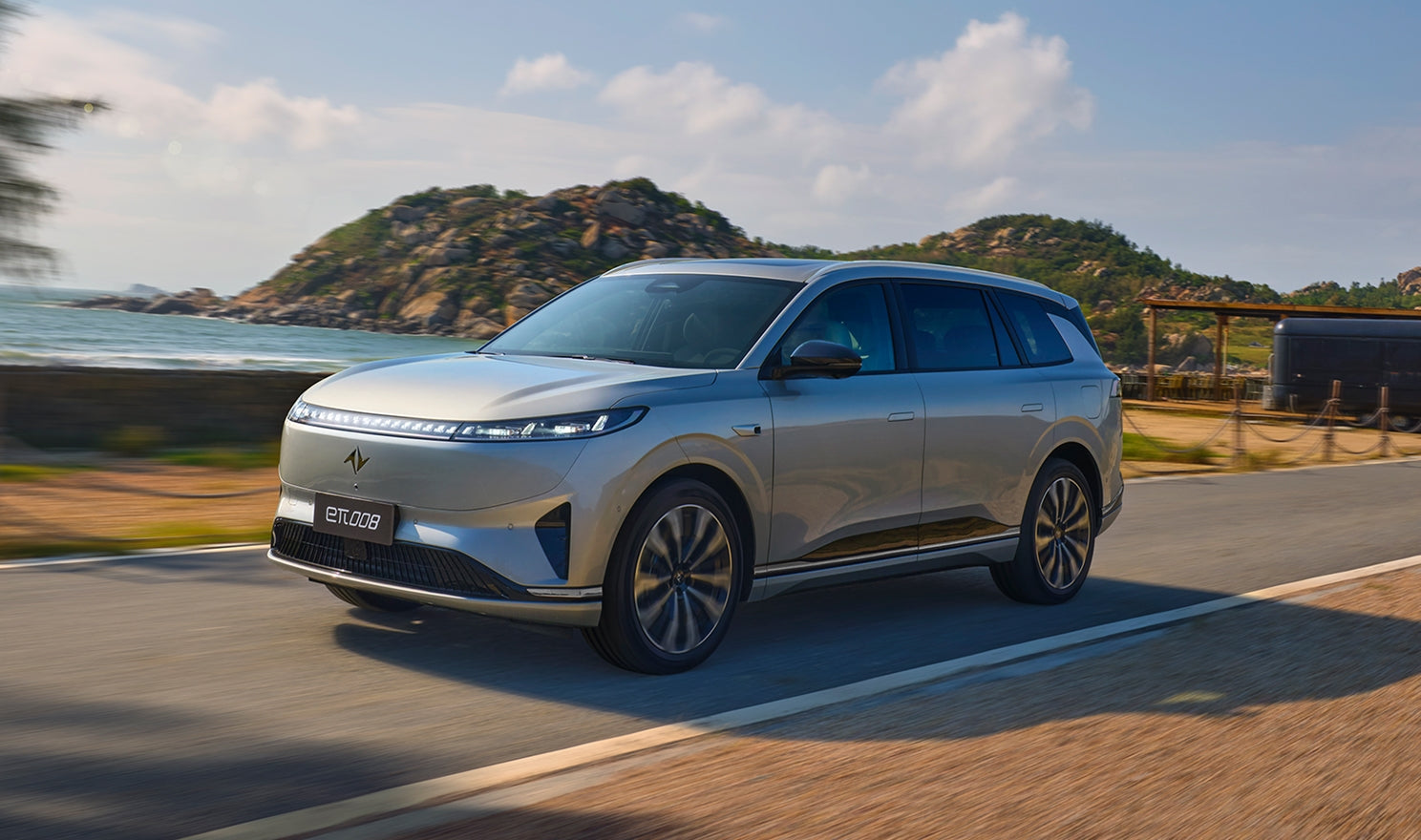A Long-Awaited Charging Upgrade
After nearly a year of shifting timelines and uncertain launch dates, Volkswagen EV owners in the U.S. and Canada will finally gain access to Tesla’s Supercharger network starting November 18. The update marks the end of a prolonged rollout that originally began with a January announcement but experienced several delays tied to both technical integration and administrative approvals.

Which VW Group Models Are Eligible?
Volkswagen Group confirmed that access will extend across its full North American EV lineup, including the VW ID.4, ID.Buzz, and models under the Audi and Porsche brands. Earlier this year, Audi and Porsche customers received their Supercharger access, leaving Volkswagen owners waiting as the company finalized remaining compatibility and software updates.
The scale of the change is significant. Until now, VW drivers relied heavily on approximately 5,000 DC fast-charging locations through the Electrify America network, plus various third-party public chargers. Gaining entry to Tesla’s network injects more than 25,000 additional compatible Superchargers across the continent, dramatically increasing route flexibility and long-distance confidence.
Why This Matters for Tesla
For Tesla, the move represents a strategic expansion of its role in the EV ecosystem. By opening its once-exclusive network to other automakers, Tesla now profits directly from vehicles it did not sell, strengthening the company’s position as the dominant charging provider in North America.
Tesla began its multi-manufacturer strategy several years ago and accelerated the rollout in late 2024 when it granted access to Ford. Since then, it has welcomed a long list of brands, including Acura, Cadillac, Chevrolet, Genesis, Honda, Hyundai, Jaguar, Kia, Lexus, Lucid, Mercedes-Benz, Nissan, Polestar, Rivian, Subaru, Toyota, and Volvo. Volkswagen’s entry was widely expected once Audi and Porsche joined earlier this year.
A Mixed Moment for Volkswagen
For Volkswagen, partnering with Tesla carries both practical benefits and symbolic weight. The company is not abandoning Electrify America, the charging network it funded as part of a $2 billion Dieselgate settlement. However, the contrast between the two networks is hard to ignore. Tesla’s reliability reputation and scale have repeatedly outperformed the broader DC fast-charging landscape, making Supercharger access an attractive enhancement for VW customers.
At the same time, the decision underscores the challenges automakers face when building proprietary infrastructure in an industry where vertical integration is often seen as a benchmark of success. Despite that, VW’s move ultimately means more charging options and fewer limitations for drivers—an outcome many consumers have long hoped for, even if it arrived later than expected.
What Owners Need Before Charging
To use the Supercharger network, Volkswagen owners will need to purchase a $200 NACS charging adapter. However, VW plans to offset the cost for some customers:
-
2025 ID.4 and ID.Buzz first owners can receive a $100 rebate, bringing their effective cost down to $100.
-
2026 Volkswagen EVs will include the adapter as standard equipment.
-
Some owners will also need a software update to enable optimal charging performance and ensure proper communication with Tesla chargers.
These updates and requirements aim to create a smooth, reliable charging experience from day one of the launch.

Looking Ahead
With Supercharger access finally arriving, Volkswagen EV owners will soon benefit from one of the most dependable, expansive charging networks in the world. And while the road to rollout was slower than expected, the end result marks a meaningful boost in convenience, accessibility, and confidence for current and future VW EV drivers.
Recommend Reading: Volkswagen, Audi Face EV Slowdown With German Plant Pauses








Share:
New Rules in China Aim to Slow EV Acceleration for Safety
Which EV Brands Keep Their Range Best After Three Years?